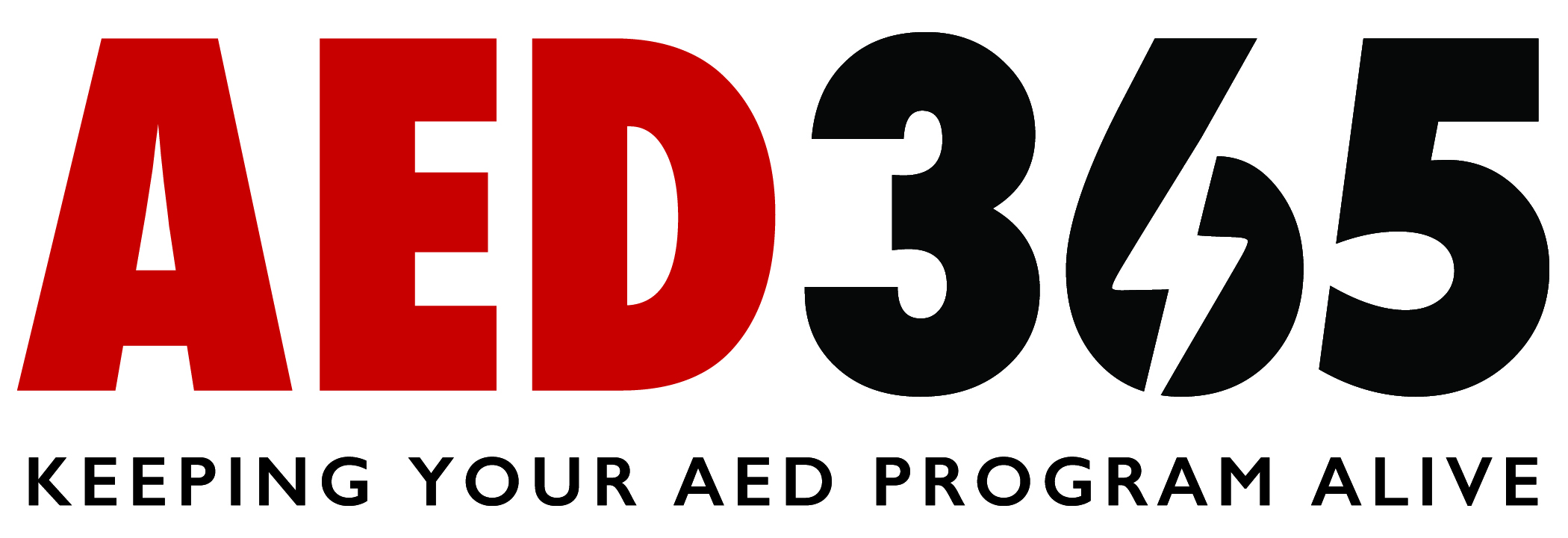Author: Marcy Burnham, RN
In recent years, the conversation around safety in youth sports has taken on a new urgency, especially when it comes to sudden cardiac events. The high-profile cardiac arrest of NFL player Damar Hamlin during a game in 2023 sent shockwaves through the sports world, highlighting the life-saving importance of Automated External Defibrillators (AEDs). Although Hamlin was playing in a professional league, his experience underlines the need for widespread access to AEDs at all levels of sport, including youth athletics. Thankfully, Hamlin survived the terrifying incident and has since used his platform to raise awareness about the importance of AEDs in sport
Sudden cardiac arrest doesn’t just affect older adults—it can happen to anyone, including young athletes who appear to be in peak physical condition. In fact, sudden cardiac death is the leading cause of death in young athletes during exercise. An AED on-site can be the difference between life and death in these situations.
In the wake of incidents like Hamlin’s, organizations like the Smart Heart Sports Coalition have been working to make AEDs more accessible at sports facilities across the country. The Smart Heart Sports Coalition is dedicated to raising awareness of sudden cardiac arrest in youth sports, providing education on how to recognize and respond to cardiac emergencies, and advocating for the placement of AEDs in all public spaces, particularly sports arenas and fields where young athletes compete.
Their mission aligns with a growing movement to improve safety standards in youth sports by ensuring that every field, gym, and court is equipped with an AED. The Coalition also emphasizes the importance of training coaches, referees, and even young athletes on how to use an AED and perform CPR. Early defibrillation, combined with proper CPR, is the most effective way to increase survival rates in cases of SCA.
Here’s why AEDs should be a non-negotiable part of youth sports:
- Rapid Response is Crucial: For every minute that passes without defibrillation, the chance of survival decreases by 7-10%. Having an AED on-site can ensure a life-saving response before emergency medical services arrive.
- Cardiac Events Can Happen to Anyone: Even seemingly healthy children and teenagers may have undiagnosed heart conditions. Physical exertion in sports can sometimes trigger these hidden conditions, leading to sudden cardiac arrest.
- Legal and Liability Protection: Many states have passed “Good Samaritan” laws to protect individuals and organizations that use AEDs in emergency situations, encouraging more widespread adoption of these devices.
- Creating a Culture of Preparedness: Having AEDs on-site sends a strong message about the importance of safety in youth sports. It encourages leagues, schools, and communities to be proactive about health risks.
The heart-stopping moment when Damar Hamlin collapsed on the field was a sobering reminder that cardiac emergencies can strike without warning. The quick response from medical staff—and the presence of an AED on the field—undoubtedly saved Hamlin’s life. His experience serves as a powerful reminder that medical emergencies can occur in any sport, at any time, and that being prepared with the right equipment is essential. His experience, along with the advocacy efforts of organizations like the Heart Smart Coalition, should motivate youth sports leagues to ensure AEDs are accessible and staff are trained in their use.
Sports are an essential part of growing up, teaching children teamwork, discipline, and resilience. But safety must come first. Ensuring that every youth sports facility is equipped with an AED could be the key to saving a life. If you’re involved in youth sports as a parent, coach, or athlete, take a moment to inquire whether your league or school has an AED on-site. Advocate for training and resources to be made available in your community. Organizations like the Smart Heart Sports Coalition provide valuable resources and guidance to make sports safer for everyone. Let’s work together to ensure our kids play hard, stay healthy, and always have a safety net in place.
- https://www.smartheartsports.com/
- https://smartheartaeds.com/
- https://smartheartaeds.com/pages/project-aed365
Office: (205) 417-4711
Email: info@aed365.com










